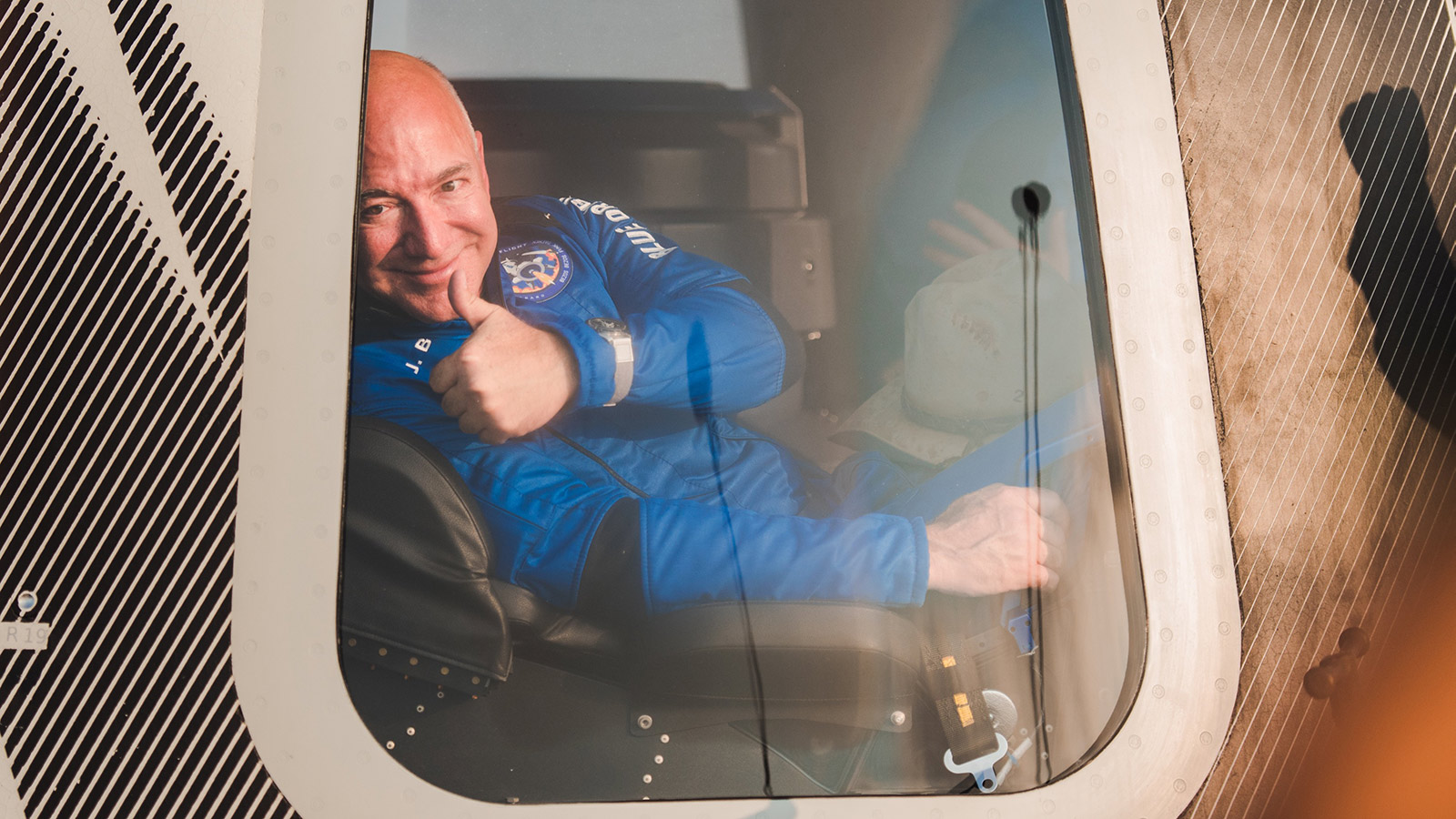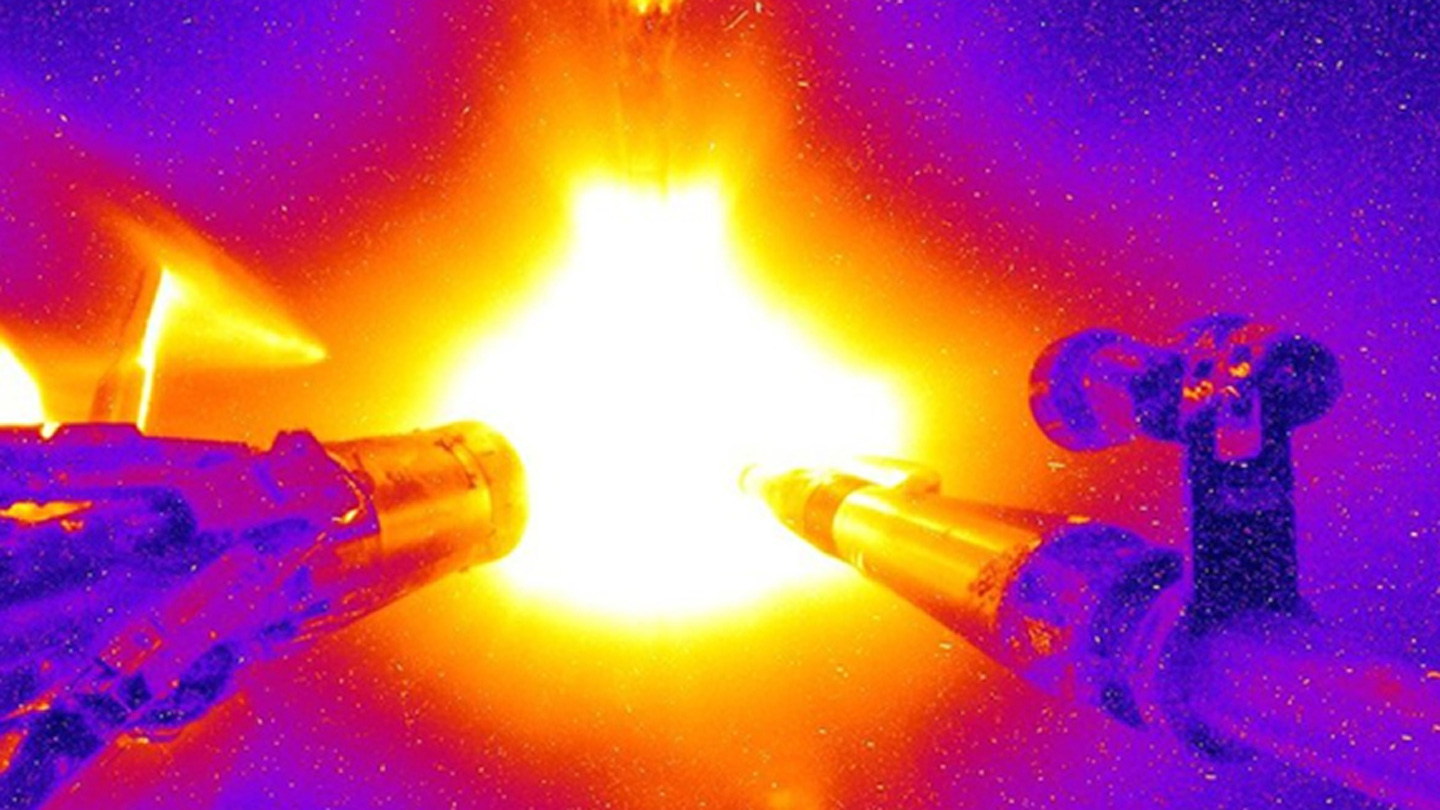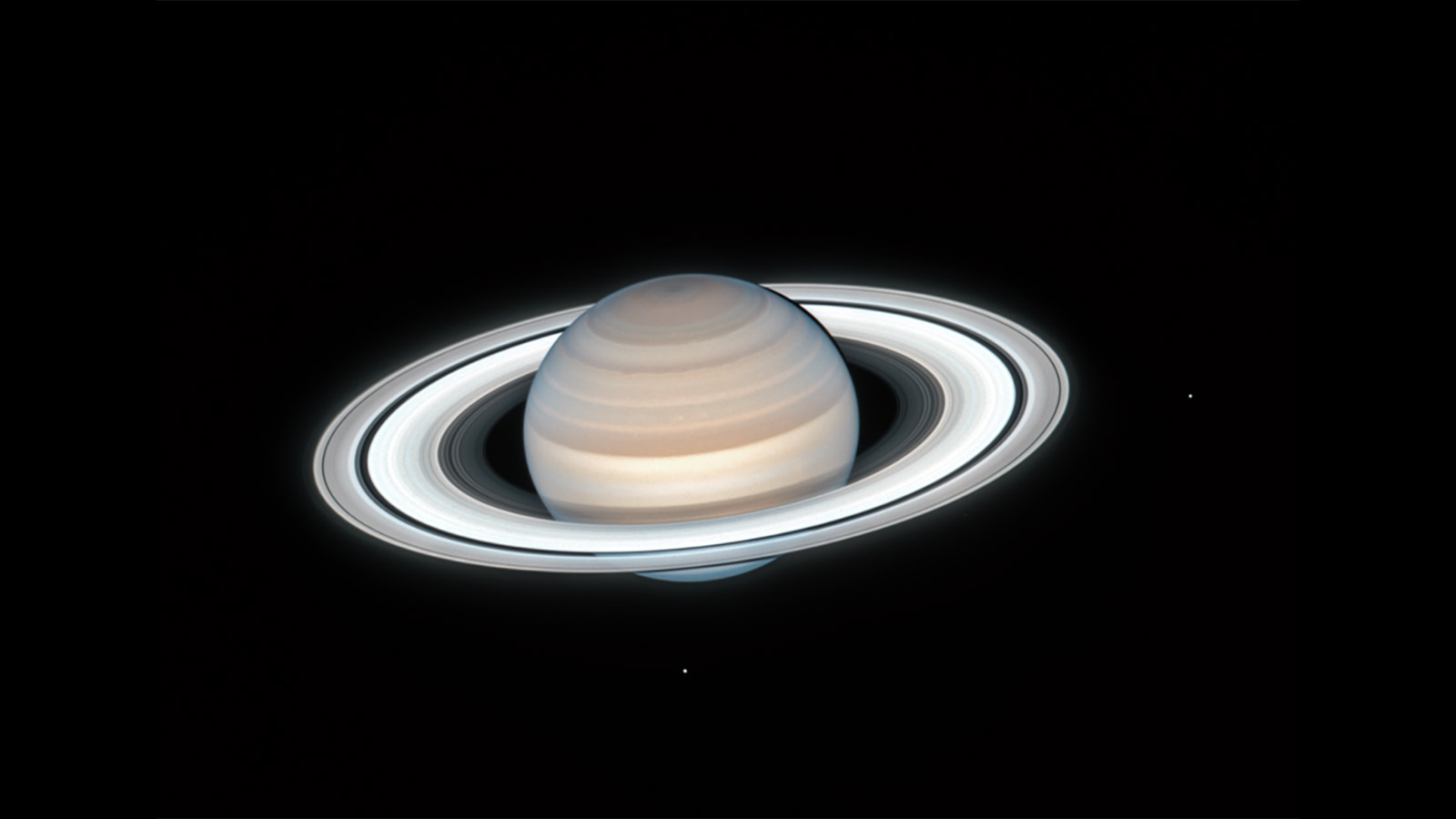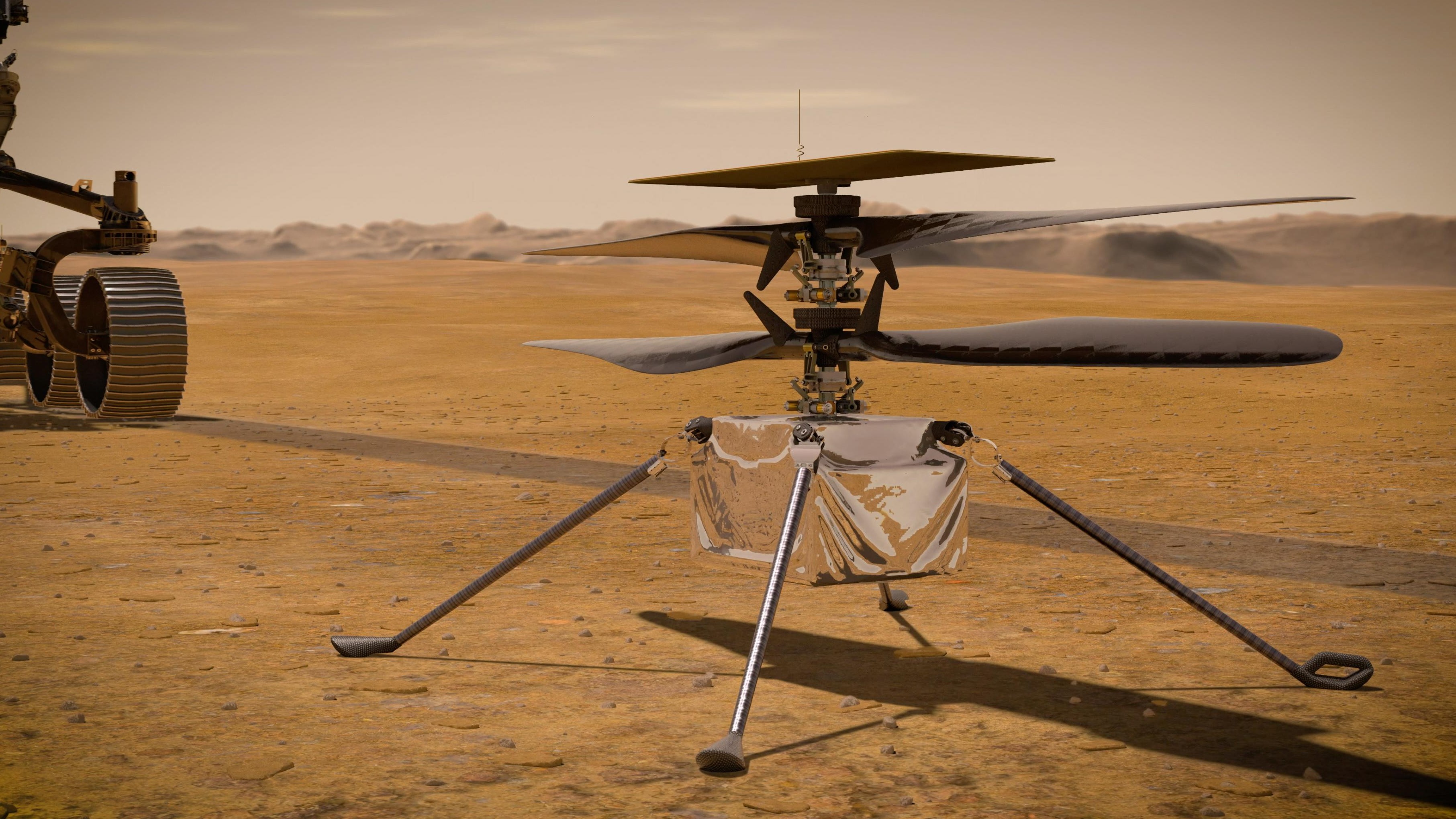This week was dominated by space news, starting off with Blue Origin suing NASA over its awarding the Artemis lunar lander contract to SpaceX and ending with NASA formally delaying work on the program to deal with Jeff Bezos' space company's complaint.
In between all that, we saw some incredible work from NASA's Mars Ingenuity helicopter as its ongoing Mars mission evolves well past its original objectives. We also saw some brilliant work done by Caltech scientists who used ripples in Saturn's rings to probe the interior of the planet.
There was also the report out of Lawrence Livermore National Laboratory in California of a nuclear fusion breakthrough that puts us on the cusp of sustained artificial nuclear fusion, the key to unlocking cheap, clean, and nearly unlimited energy.

Jeff Bezos' Blue Origin sues NASA over Artemis lunar lander contract, delaying Artemis mission until 2025
The week began with a Blue Origin lawsuit against NASA in federal court charging that the US space agency's awarding its Artemis lunar lander mission to SpaceX in April was improper and the bidding process needed to be redone.
Blue Origin is arguing that since the original announcement calling for bids indicated that more than one bid would be selected, NASA shouldn't have given the contract to just one company, SpaceX. NASA and the US Government Accountability Office rejected that argument, saying multiple awards were a possibility, but were never guaranteed.
Still, the lawsuit is forcing NASA to stop all work with SpaceX on Artemis while it sorts out the lawsuit, with arguments due in court in mid-October and a potential ruling one way or the other on November 1.
The 10-week delay all but assures that NASA will miss its 2024 target for returning astronauts to the Moon, and if Blue Origin's lawsuit is successful, then the entire bidding process will have to be run again, causing an even greater delay in getting Artemis off the ground.

Nuclear fusion breakthrough puts humanity on brink of unlimited energy ignition
Nuclear fusion is the kind of thing that straddles fantasy and physics. The idea of nearly limitless energy free of carbon emissions, nuclear waste, or other pollutants is so transformative in its nature that for decades after the first atomic tests in the 1940s it was largely considered impossible.
But we know it is possible; we see it every day, literally. The Sun is powered by a nuclear furnace where it fuses two hydrogen atoms together to form helium, and the energy released in the process is what gives it – and us – energy.
We have achieved artificial fusion before in various labs around the world, but those fusion reactions were infinitesimally short and fleeting, and they failed to come close to what's known as the nuclear fusion ignition threshold.
That is the point where the nuclear fusion reaction produces more energy than it absorbs, which creates a self-sustaining fusion reaction that continues to fuse hydrogen even after you take away the energy source that ignited it. If we can reach nuclear fusion ignition, than the nearly limitless energy of nuclear fusion could be used to power our world in place of literally every other fuel on Earth.
This is what researchers at the Lawrence Livermore National Laboratory's National Ignition Lab in California have come close to achieving. In their latest test, they produced a nuclear fusion reaction that released 10 quadrillion watts of power, or about 10% of the energy contained in all the sunlight that hits the Earth at any given moment.
This was equal to about 70% of the energy the researchers needed to apply to trigger the fusion reaction, far greater than any previous attempt. At their current rate of progress, the researchers believe that they may reach the nuclear fusion ignition threshold within a decade. Big, if true.

'Ringquake' reveals Saturn's core isn't solid, but a massive, fuzzy soup of sloshing hydrogen and debris
Scientists at Caltech published a study this week revealing that Saturn's core isn't a solid like previously believed, but rather a soupy mix of liquid hydrogen and rocky material that wobbles around inside the planet like Jello.
They were able to discover this by examining data from NASA's Cassini space probe collected in 2013 that revealed mysterious ripples in the gas giant's innermost D-ring. The researchers thought these ripples might be interpreted as a form of seismograph where the material in the D-ring was reacting to changes in the planet's gravitational field.
With that, they were able to use those ripples as a guide to the planet's interior just like geologists here on Earth do with seismograph data from earthquakes. That data pointed them to the conclusion that only a wobbly, soup-like core about 60% of the diameter of the planet could have produced the ripples they found in the planet's ring.

NASA's Mars Ingenuity helicopter continues to impress as its mission evolves
NASA's Mars Ingenuity helicopter flew for the 12th time on the red planet, carrying out its most difficult assignment to date and one well beyond its original mission parameters.
Originally, Ingenuity was meant as a proof of concept test to see if humans could remote pilot an aerial drone on another planet. Its first four missions were important tests of the drone's flight and communications equipment and it passed those tests with flying colors earlier this year.
Since then, NASA engineers have been looking for things for Ingenuity to do since it still works just fine and it is already on Mars, so they might as well put it to use. Previous flights have been more in-depth tests of Ingenuity's capabilities, but this 12th flight was productive in a whole new way.
NASA's Mars Perseverance rover came up empty on some of its first soil tests that it was on Mars to perform and scientists believe that the area where the rover landed might not be best suited to these tests. So, they used Ingenuity to fly over a potential site for Perseverance to study and scout the area for potential hazards and to get a better look at the area to assess its value.
from TechRadar - All the latest technology news https://ift.tt/2XELXY9
No comments:
Post a Comment